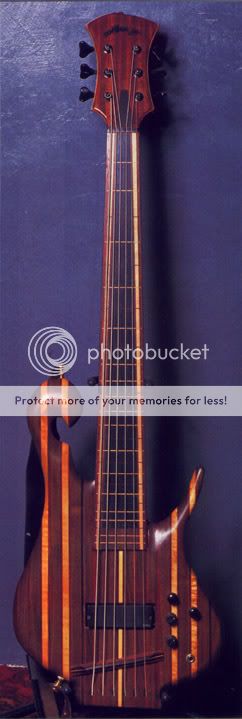Galaxy_Stranger
Junior Member
- Messages
- 43
What's the difference between a "normal" body and a "single piece" body?

Markoooooo said:Usually a 3 piece is preferred over a 2 piece.
apparently it is better to have the neck pocket, pickups and bridge all on one piece of wood.
Wyliee said:Markoooooo said:Usually a 3 piece is preferred over a 2 piece.
apparently it is better to have the neck pocket, pickups and bridge all on one piece of wood.
I've heard customers say that on many instances, but I've never found absolute proof that is true. IIRC, the EJ strat is specifically 2 piece. Many vintage Fender products are 3 - 5 piece, particularly anything with a solid finish.



